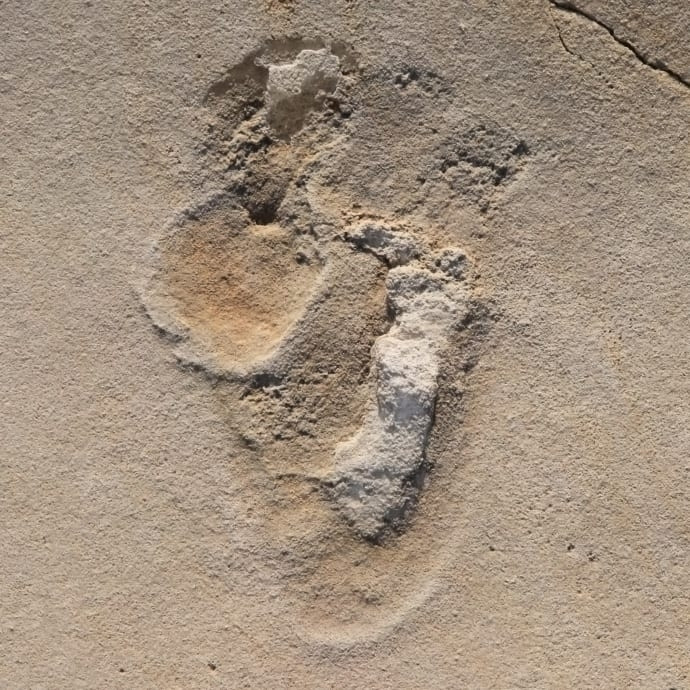Newly found 5.7 million-year-old human footprints fossil may challenge history of human evolution
Researchers, who discovered fossil, say the footprints have 'an unmistakably human-like form'.

Human-like fossil footprints, recently discovered in Crete, could challenge the current theories of human evolution. Although previous research suggests that our ancestors originated in Africa, the discovery of this new 5.7 million-year-old fossil "overthrows" current theories of our evolution.
The fossil was discovered by a team of international researchers, who say that the footprints have "an unmistakably human-like form." This assumes significance as the previously discovered fossil footprints including the 4.4 million-year-old Ardipithecus ramidus (which were found in Ethiopia) considered to be the oldest known hominin, had an ape-like foot. The researchers who discovered Ardipithecus argued that the fossil indicated that it was a "direct ancestor of later hominins." This means that the researchers' theories indicated that a human-like foot had not yet evolved at that period.
The discovery of this fossil could be controversial as it suggests that our ancestors could likely have roamed around in southern Europe and East Africa. Scientists, who discovered the new fossil footprints, say that the shape of the toes, especially the big toe, which was similar in size, position and shape to human toes, indicate that the footprints were, in fact, made by early humans. Researchers say that the footprints show the impression of a distinct "ball" on the sole, which has never been represented in apes. Scientists estimate that the footprints were either made on "a sandy seashore" or a "small river delta."
"What makes this controversial is the age and location of the prints," said Professor Per Ahlberg at Uppsala University, last author of the study.
"For those unable to see beyond Africa as the 'human cradle', these tracks present a considerable challenge, and it has not been easy to get the discovery published. Some have even questioned whether the observed features are footprints at all. However, collectively, the researchers behind this study have published over 400 papers on tracks, so we are pretty confidence we know what they are," Ahlberg and fellow researcher of the study Matthew Robert Bennett, who is professor of environmental and geographical sciences at Bournemouth University, wrote in the academic website The Conversation.
"This discovery challenges the established narrative of early human evolution head-on and is likely to generate a lot of debate. Whether the human origins research community will accept fossil footprints as conclusive evidence of the presence of hominins in the Miocene of Crete remains to be seen," Ahlberg said.
The research was published in the Proceedings of the Geologist Association.
© Copyright IBTimes 2025. All rights reserved.






















